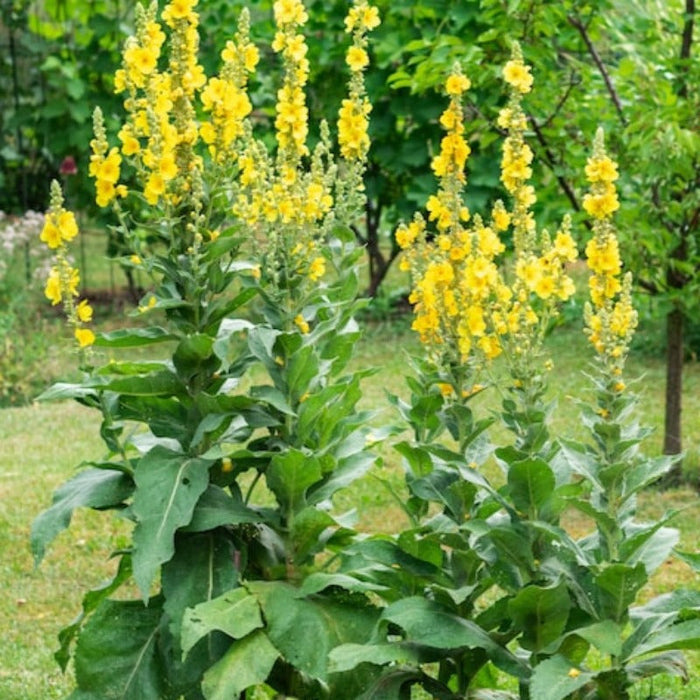
Mullein Seeds Heirloom
Discover the natural benefits of Mullein (Verbascum Thapsus), an herb known for its therapeutic properties. Ideal for growing in average, disturbed soils, these heirloom, non-GMO seeds produce a biennial plant. In the first year, fuzzy leaves that form a rosette; by the second year, expect a robust flowering stalk adorned with densely clustered yellow flowers. Historically, Mullein has been used to treat earaches and respiratory issues.
About Our Seeds:
- Non-GMO and Open-Pollinated: Our seeds are natural, ensuring the best quality and preservation of plant genetics.
- Untreated: Free from fungicides, pesticides, herbicides, ensuring your health and safety.
- Quality Tested: We regularly test our seeds for germination to meet the highest standards.
- Eco-Friendly Packaging: Professionally packed in resealable, recycled packets with vegetable-based ink, promoting sustainability.
Quantity: Minimum 100 seeds per packet.
Growing Instructions Included: Each packet comes with detailed instructions to guide you through the planting and caring process, whether you’re a seasoned gardener or a beginner. Grow Mullein not only for its beautiful blooms but also for making herbal teas and remedies right from your garden. Enjoy the process of cultivating this powerful herbal plant and reap the benefits year after year.




